Microphone and recording quality
Of course, you can plug the microphone into the designated jack on the front first. The headphone jack is also designed as a TRSS jack and you don’t need an extra Y-splitter for headsets with this combination plug, then the microphone works the same way. Good idea, another plus. I have set the audio device to maximum and once fed a normal signal (FLAC player). The quality is really good and if you are annoyed by dull results here, it is more likely due to the headset and a possible mismatch via a non-optimal (too low) impedance of the microphone at the 2 KOhm input of the GC7.
With the MMX300, a Sound BlasterX H5 (first generation) and an external table microphone with phantom power and preamp, there was nothing to complain about. Whether and how one uses the possibilities of digital sound processing via GC7 is up to each individual and his or her counterpart. I consider most of it to be frippery, but at least you could save your weak microphone a little bit. Things like Crystal Voice are part of that, of course. But a good microphone can only be topped by an even better one. In software, it’s always just cosmetic results in the end.
Playback quality and effects
I already wrote something about the resolution of the inputs and especially the outputs. For the more gaming-oriented user and streamer, what’s on offer here will easily suffice, but for a more audio-obsessed person like me, definitely not. This is exactly what I want and need to explain now, without seeming arrogant. All the DSP gimmicks like genre-optimized equalizer settings and scout mode, as well as Super X-Fi have to be liked or better left alone, depending on your taste.
A very good, high-precision headphone will not gain in three-dimensionality for the time being, but will even lose it with Super X-Fi. Whereby here also the subjective listening experiences of each individual count. That’s why users feel it so differently. Music and Super X-Fi do not go together at all, this completely contradicts all own listening experiences in concert halls or in front of the stage. In games, however, the immersion also depends on the game and its sound material and engine. There may well be advantages to that. Can, but doesn’t have to. Let’s look at it as a nice-to-have, which thankfully can also be switched on the fly.
Now let’s get down to the playback quality without all the bells and whistles. Everything on neutral and off we go. The Line Out and the connected NuPro X-4000 RC as well as the XW-900 feel at home. You can tick that off and consider it good, whether it’s optical or analogue. The AK4377AECB installed as DAC is the economy version of the AK4377ECB, but it is due to the low-power design of the GC7. Soundwise the DAC is without points of criticism, so that fits already. But what happens when you plug in a couple of good transducers for the head at the front? Because that’s where the wheat will quickly separate from the chaff. It’s always been that way.
The first thing that stands out is the lack of punch. By this I mean the level stability, which can really be a spoiler here due to the ridiculously low output power of the amplifier, if the headphone section wants to be well fired. First of all, I checked the output power and, with a little good will and concession, the manufacturer’s specifications are quite correct.
| Manufacturer | Measurement | |
| 32 ohms, Low Gain | 51 mW | 48 mW (2x 24 mW) |
| 150 Ohms, High Gain | 41 mW | 36 mW (2x 18 mW) |
| 300 Ohms | 26 mW | 22 mW (2x 11 mW) |
You can see very well from the power that despite the gain a good high impedance transducer hardly has a chance. 50 mW at 32 ohms will be enough for most fun headphones and so-called gaming headsets, but for higher quality transducers it is already close. Normally, 100 mW is used as a reference value. I have not been able to get a single one of my headphones to full scale in their respective settings. Whether one needs or wants that now, is a moot point. But for 150 euros I would have it then already quite gladly.
However, the problem is also due to the rather half-heartedly implemented power supply, which already runs into the limit at 480 mW, although you would have had much more possibilities with USB-C. The low bass in particular is well modelled and precise, but due to the lack of output power it audibly reaches its limit at medium levels. Distortion on cannon impacts sounds atrocious, unfortunately. You can hear the capping and some pumping even before the actual distortion that starts a little later.
Midrange and treble, on the other hand, are good because the power is then actually quite sufficient. The noise floor is actually barely perceptible, if at all, depending on the connected transducer and its impedance or sensitivity. The Soundblaster GC7 can also be operated quite neutrally, and I have to give credit for that as well, because that is not always a matter of course with such DSP solutions.
Summary and conclusion
If you’re a steamer or a pure gamer with an acute need to talk, and you’re looking for a smart console solution with a clean operation and suitable features, you’re in good hands here. The fact that the self-control is a bit behind when listening (not quite synchronous) is certainly a small lapse, but it didn’t bother me much. At first glance, everything seems well thought out and solidly implemented. But what then stands out are the little things of Asian nonchalance that can really drive you into temporary insanity.
The three operating modes, where exactly what the other mode can do better before (or at all) is missing, and the somewhat idiosyncratic limitation of the headphone output to only 24-bit with 48 KHz resolution are quite incomprehensible, as they are actually unnecessary. This alone (in addition to the somewhat too low output power of the amplifier) then unfortunately prevents the actually deserved a recommended buy, although I’m sure that most people can come to terms with these things or won’t even notice it much. But it bothers me because I expect a round product for 150 euros and I also have to be fair to the other test objects.
It’s definitely a good product, usable and good to use for steamers too. But this time the clear and consistent line and of course the punch was missing to a very good product. Gaming without the bang is like hot pot without chili. They should understand that quite well at least in Singapore at Creative.
Creative Sound Blaster GC7
 | Auf Lager - 1-3 Werktage Lieferzeit | 115,87 €*Stand: 25.04.24 20:36 |
 | 1-2 Wochen | 131,62 €*Stand: 25.04.24 21:04 |
 | 4-5 Werktage | 146,68 €*Stand: 25.04.24 20:12 |














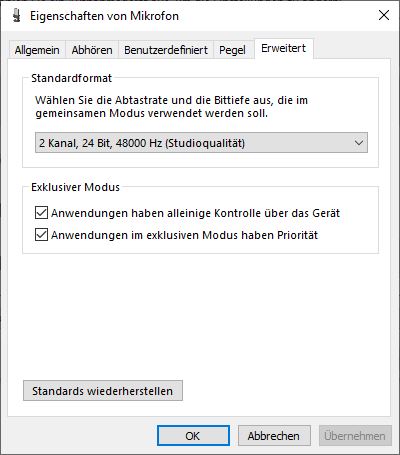
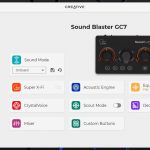
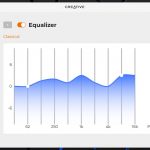

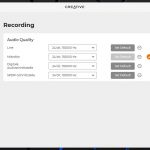
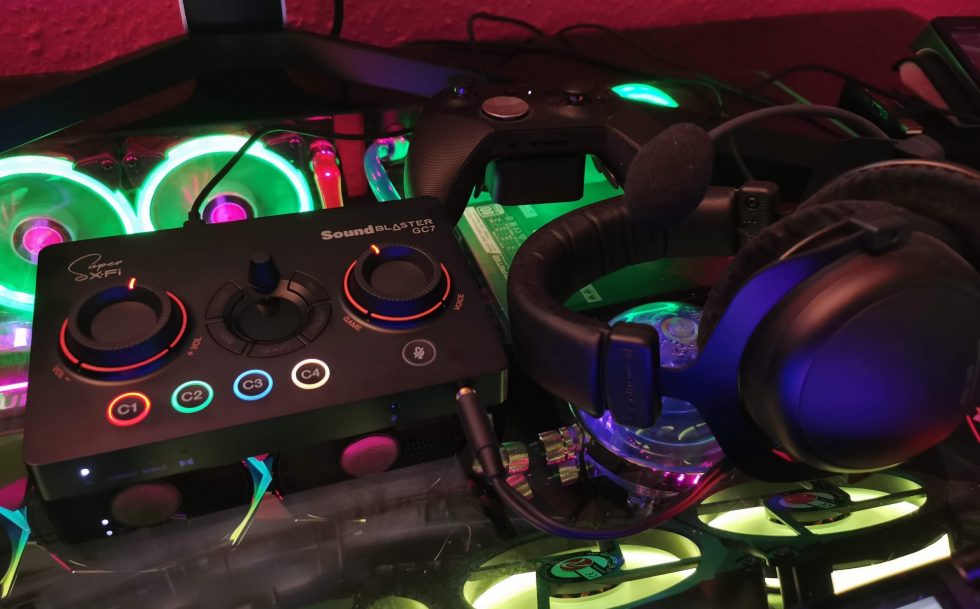


















Kommentieren